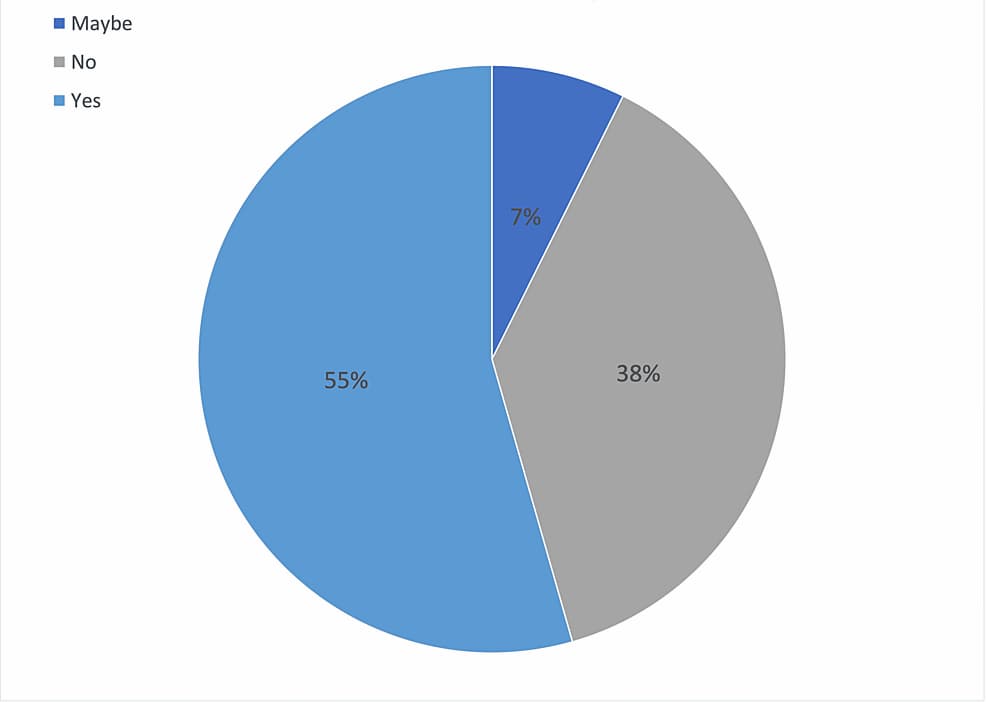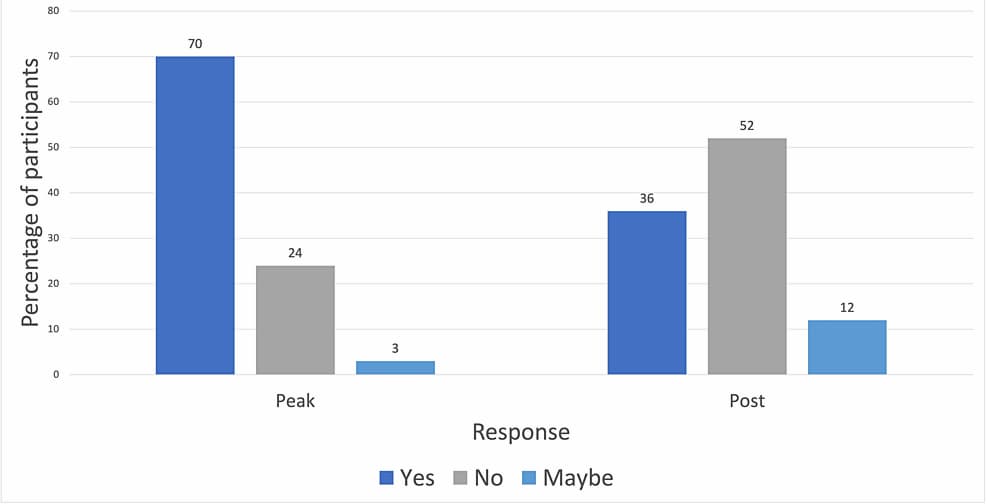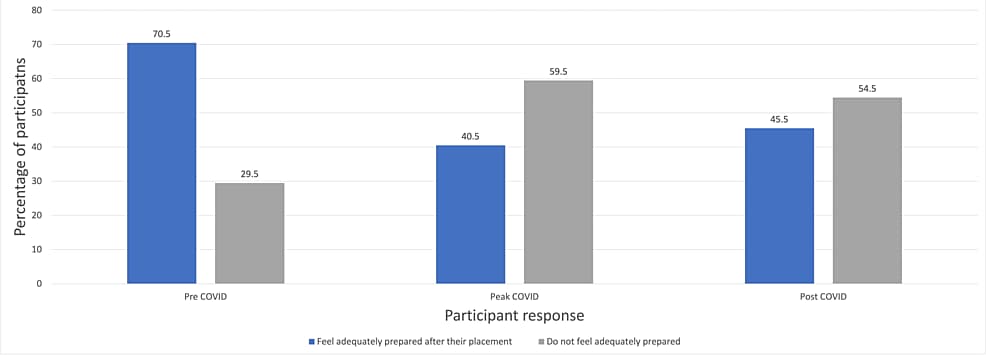- COVID-19
- Biosimilars
- Cataract Therapeutics
- DME
- Gene Therapy
- Workplace
- Ptosis
- Optic Relief
- Imaging
- Geographic Atrophy
- AMD
- Presbyopia
- Ocular Surface Disease
- Practice Management
- Pediatrics
- Surgery
- Therapeutics
- Optometry
- Retina
- Cataract
- Pharmacy
- IOL
- Dry Eye
- Understanding Antibiotic Resistance
- Refractive
- Cornea
- Glaucoma
- OCT
- Ocular Allergy
- Clinical Diagnosis
- Technology
COVID-19 impact on ophthalmology education in the UK
Student confidence in dealing with ophthalmic conditions is down, deterring them from considering ophthalmology as a career.
(Image Credit: AdobeStock/Pixel-Shot)

A recent study conducted through University College London, England, showed that since the COVID-19 pandemic, ophthalmic students in the UK have reported a reduction in clinical exposure. This has led to an impact in student confidence in dealing with ophthalmic conditions and deterring them from considering ophthalmology as a career.1
The study was conducted via a 13-item questionnaire taken by 101 participants from UK medical schools. The 13 questions (Likert-type, multiple choice, and free text) were across 3 main topics (demographics, details of placement, and impact of COVID-19).1
Participants were made up of medical students who had completed their ophthalmology placements as well as junior doctors who had qualified in the UK. Of the 101 participants, 87 valid responses were recorded (n=87) from 18 different universities across the UK.
In the UK, the first national lockdown was announced in March 2020, and the last of the COVID restrictions were lifted in December 2021. Thus, participants were divided into 3 groups: pre-COVID, peak COVID and post COVID.
Pre-COVID consisted of participants who had ophthalmology rotation occurr prior to March 2020 (n=17), peak COVID consisted of participants with placements between March 2020 and December 2021 (n=37), and post COVID consisted of participants who had their placement after December 2021 (n=33).1
Figure 1: Proportion of participants reporting an impact of COVID-19 on their ophthalmology placement after March 2020 (Credit: Cureus 16(1): e51790. doi:10.7759/cureus.51790)

When asked if they believed COVID had an impact on their undergraduate ophthalmology placement, most participants (55%) from both the peak and post COVID groups said yes. Furthermore, 70% of responders in the peak COVID group felt there was an impact. The most common reasoning participants cited for the perceived impact was “reduced or no in-person clinics and theatre sessions.”1
Figure 2: Impact of COVID-19 in those with placements during peak COVID compared to post-COVID (Credit: Cureus 16(1): e51790. doi:10.7759/cureus.51790)

COVID also had a significant impact on the way students were being taught as well. In the pre-COVID group all participants had some form of in-person teaching. However, the peak COVID group had 56% report exclusively online teaching. While no post COVID participant reported having exclusively online teaching, a large amount reported having hybrid teaching schedules. Only 15% of the post COVID group reported having exclusive in-person teaching.1
According to a previous study,2 there was over a 60% reduction in both outpatient and surgical activities, which caused a large backlog. To mitigate the loss of in-person interaction, many universities shifted to online teaching. While students reported going from 4 to 6 hours a week using online teaching platforms prior to COVID to 7 to 10 hours a week.3
The shift to online teaching increased difficulty in teaching, according to research,4 due to the loss of “real time feedback and [the] back and forth that develop in class that are hard to replicate in online forum.” Another barrier is the difficulty in teaching clinical skills online.3
As well as the format of teaching, participants were asked to rate their interest in pursuing ophthalmology as a specialty based on their placement. Results showed that 33%, regardless to the type of the teaching students received (in-person or online), had no impact on their decision to pursue ophthalmology in the future.1 However, a significant impact on participant confidence was observed.
Figure 3: Graph showing if the participants felt adequately prepared to treat ophthalmic conditions after their ophthalmology placement (Credit: Cureus 16(1): e51790. doi:10.7759/cureus.51790)

In their responses, a greater portion of peak and post COVID responders said they “do not feel adequately prepared” to treat ophthalmic conditions when compared to pre COVID. The most often cited reason was “lack of clinical exposure to ophthalmic patients' and 'little practical experience with examination and fundoscopy.” Prior studies have highlighted that prior to COVID-19, there was a gap in training medical students in dealing with ophthalmic issues.5-6 The recent study shows that a gap in knowledge and low confidence has likely worsened.
References:
Karia J, Bansal I, Parmar S (January 07, 2024) The Impact of COVID-19 on Medical Education: A Lost Generation of Ophthalmologists?. Cureus 16(1): e51790. doi:10.7759/cureus.51790
Ting DSJ, Deshmukh R, Said DG, Dua HS. The impact of COVID-19 pandemic on ophthalmology services: are we ready for the aftermath? Therapeutic Advances in Ophthalmology. 2020;12. doi:10.1177/2515841420964099
Dost S, Hossain A, Shehab M, et al Perceptions of medical students towards online teaching during the COVID-19 pandemic: a national cross-sectional survey of 2721 UK medical students. BMJ Open 2020;10:e042378. doi: 10.1136/bmjopen-2020-042378
Ferrel M N, Ryan J J (March 31, 2020) The Impact of COVID-19 on Medical Education. Cureus 12(3): e7492. doi:10.7759/cureus.7492
Murray PI, Benjamin M, Oyede O: Can general A&E doctors manage common eye emergencies?. Eye (Lond). 2016, 30:1399-400. 10.1038/eye.2016.99
Zhang HH, Hepschke JL, Shulruf B, Francis IC, Spencer SK, Coroneo M, Agar A: Sharpening the focus on ophthalmology teaching: perceptions of medical students and junior medical officers. Clin Exp Ophthalmol. 2018, 46:984-93. 10.1111/ceo.13342
